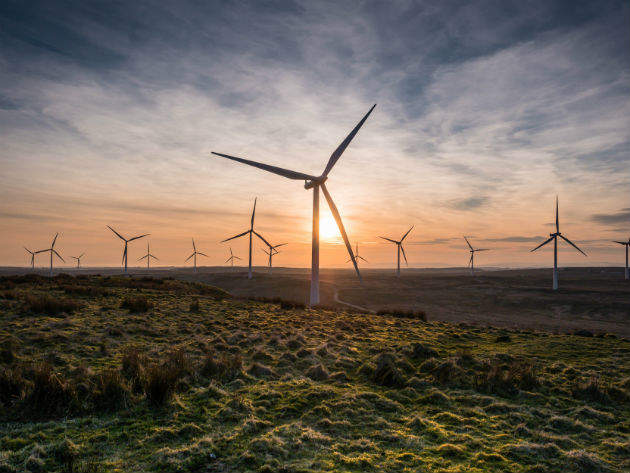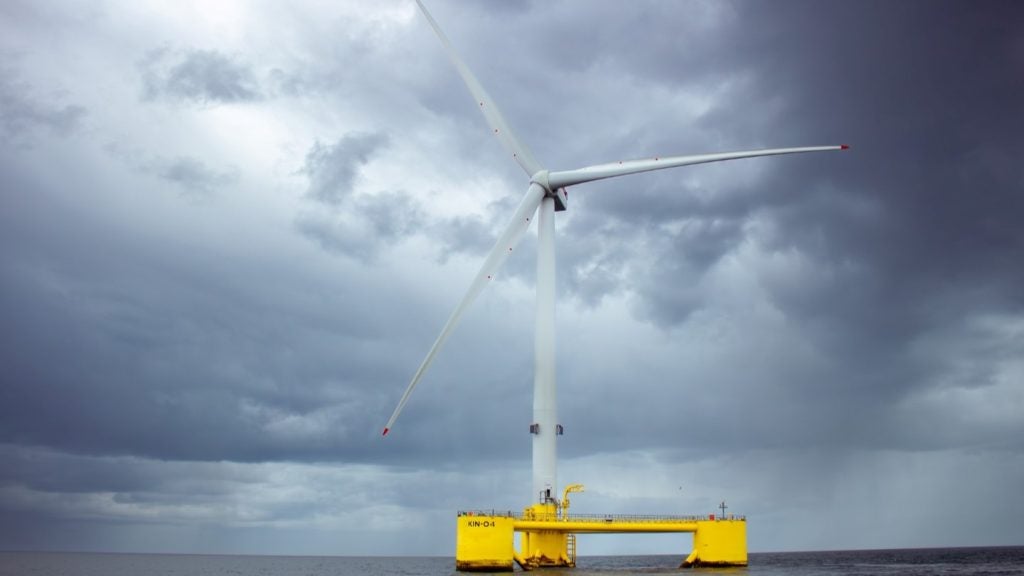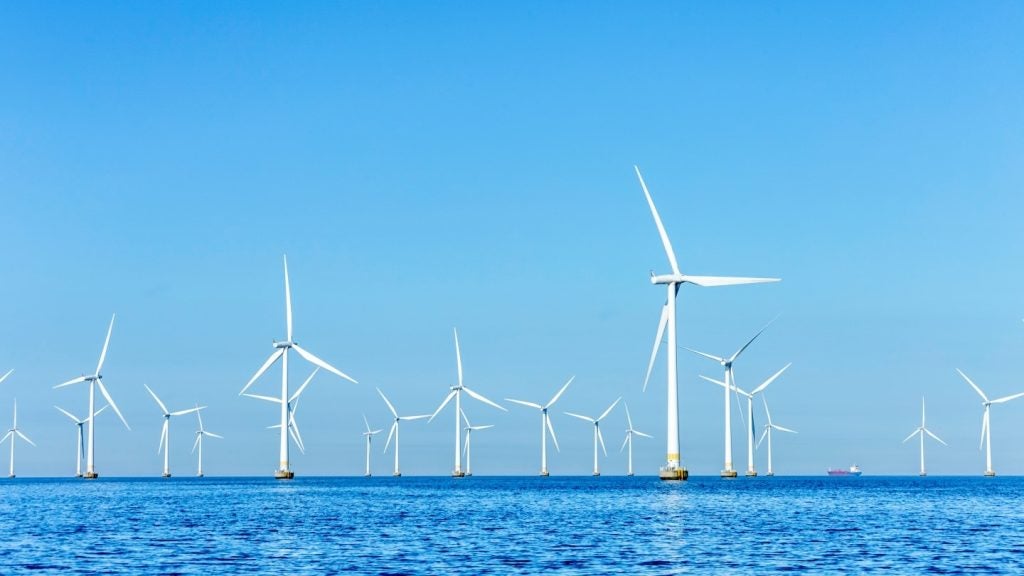

There’s an ill wind blowing north of the border that UK Prime Minister Teresa May and her colleagues in Westminster cannot afford to ignore if the UK is to hit its 2020 renewable energy targets.
Scotland set a record for total wind power output in March, jumping more than 80% year-on-year and covering 58% of the country’s electricity demand for the month. The news ratchets up pressure on the UK Government to rethink its decision to withdraw new subsidies for onshore windfarms.
Based on analysis of WeatherEnergy data by WWF Scotland, turbines provided 1,240,095MW/h of electricity to the National Grid, an increase of four-fifths compared with the same period in 2016 and enough to satisfy on average the electrical needs of 136% of Scottish households or 3.3 million homes.
Total consumption for March was 2,146,872MW/h. On 17 and 19 March, turbines generated output equivalent to more than Scotland’s total power needs for each day – equivalent to 102% and 130%.
How well do you really know your competitors?
Access the most comprehensive Company Profiles on the market, powered by GlobalData. Save hours of research. Gain competitive edge.

Thank you!
Your download email will arrive shortly
Not ready to buy yet? Download a free sample
We are confident about the unique quality of our Company Profiles. However, we want you to make the most beneficial decision for your business, so we offer a free sample that you can download by submitting the below form
By GlobalData“Given this March wasn’t as windy as it has been in some previous years, this year’s record output shows the importance of continuing increase capacity by building new windfarms,” said Lang Banks, WWF Scotland director.
“As well as helping to power our homes and businesses, wind power supports thousands of jobs and continues to play an important role in Scotland’s efforts to address global climate change by avoiding millions of tonnes of carbon emissions.”
Counting the cost: why turbine energy is becoming cheaper than coal and gas
So, how much longer can the UK Government afford to ignore demands for more onshore windfarms? The argument that wind power is cheap only because of subsidies is increasingly untenable.
Firstly, all energy projects, whether fossil fuels or renewables, require taxpayer subsidies. Second, any debate about financing must take into account the levelised cost of electricity (LCOE).
LCOE is calculated by accounting for all of a system’s expected lifetime costs, including the upfront capital and development expense, construction, equity and debt financing, fuel, operating and maintenance fees, taxes, insurance and incentives. These are then divided by the system’s lifetime expected power output (kW/h). All cost and benefit estimates are also adjusted for inflation.
For example, a renewable energy plant may initially be more expensive to build, but has very low maintenance costs and no fuel cost over its 20-30 year life, compared with a fossil fuel equivalent.
Based on LCOE, Bloomberg New Energy Finance (BNEF) reported that in the second half (H2) of 2015 the cost of wind fell thanks to cheaper technology and lower finance costs. Coal and gas, meanwhile, became more expensive on the back of lower utilisation rates and higher carbon price assumptions.
Crucially, the BNEF study concluded that onshore wind in the UK is now fully cost-competitive with gas and coal, once carbon costs are taken into account. In the UK, onshore wind came in on average at $85 per MW/h, compared with $115 for combined-cycle gas and $115 for coal-fired power.
Fast forward a year and costs have continued to plummet. According to BNEF’s LCOE study for H2 2016, the benchmark estimate for onshore wind globally was $68 per MW/h, 16% cheaper than it was in the first six months of the year. The mark for offshore wind was $126 per MW/h, down 28%.
Call of the wild: wind energy advocates vs conservationists
Another potential hurdle to widespread onshore wind power comes from a more unlikely source: wildlife conservationists. They are increasingly vocal about the potential impact of offshore turbines on Scotland’s avian population, which includes large numbers of gannets, puffins and kittiwakes.
What began as an internecine feud between opposing elements of the environmental lobby has evolved into a bitter nine-year legal battle that continues to divide the conservation community.
The debate centres around plans for four offshore windfarms comprising 335 turbines at Inch Cape, Neart na Gaoithe, Seagreen Alpha and Seagreen Bravo. Developers, including Red Rock Power, claim they could power 1.4 million homes; the RSPB argues that they threaten precious seabird colonies.
Senior judge Lord Stewart agreed, only to have his court ruling overturned in May. The RSPCA says that the quantity of turbines will stop puffins feeding around them, starving them of their natural food supply, while gannets and kittiwakes are at risk from the length of the proposed turbine blades.
“Whilst we fully support deployment of renewable energy, this must not be at any cost,” RSPB Scotland director Stuart Housden told The Guardian after the decision by Lord Carloway, Scotland’s most senior judge.
“Combined, these four huge projects threaten to kill thousands of Scotland’s internationally protected seabirds every year, including thousands of puffins, gannets and kittiwakes. These could be amongst the most deadly windfarms for birds anywhere in the world.”
EU targets: what will incentivise investment in wind energy infrastructure?
So, what will it take to bring wind power in general, and onshore wind in particular, back into the mainstream for new capacity building? The answer could be, predictably, political expediency.
According to the Scottish Government, Scotland is home to 25% of Europe’s offshore wind resources and, overall, renewables are the country’s “single largest contributor to electricity generation”.
The industry employs more than 20,000 people and attracts what will soon be billions in investment. The Guardian reports that in 2016, 52.8% of Scotland’s electricity was produced by renewables – the highest proportion in the UK. Surprisingly, Scotland also produces a third of the UK’s green energy.
That level of investment is vital if the UK is to hit its renewable objectives. The latest Green Alliance briefing revealed that renewable energy spending had fallen by £1.1bn in the latter half of 2016. This is set to plummet further as renewable investment falls by 95% for projects between 2017 and 2020.
“The UK Government’s decision to end support for onshore wind is going to make meeting our international climate obligations much harder in the future,” says Lang Banks of WWF Scotland.
“The reality is that if we’re serious about cutting carbon pollution in the most cost-effective way, then we need every one of the political parties in Scotland to back the continued deployment of onshore wind power.
“It’s only with political backing for onshore wind from all of the parties that Scotland will be able to maximise the benefits to its economy, as we transition to a renewable future.”








